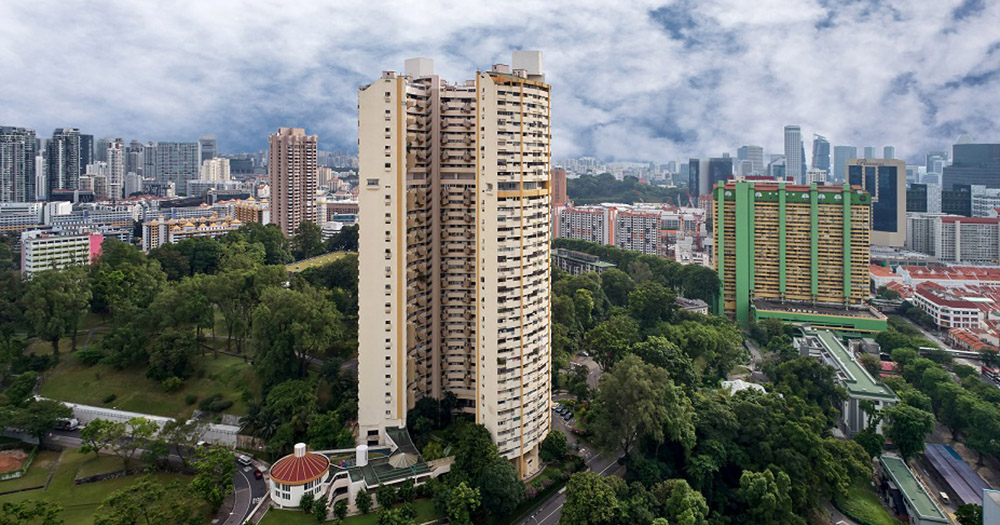Another one bites the dust.
The iconic heritage landmark Pearl Bank Apartments at Outram has been sold to developer CapitaLand for S$728 million.
This means the building would not be conserved and all previous plans relating to its continued maintenance would be shelved.
While the plan is to build a residential development by 2023, things are still up in the air as the sale is subjected to approval.
Future plans for the Pearl Bank Apartment site, if it goes through, will include facilities that reflect the area's heritage.
But it is understood that at this stage, the sale is as good as a done deal.
[related_story]
What's in store?
Apartment owners will stand to receive an offer of between S$1.8 million and S$4.9 million depending on the size of their units.
Commercial unit owners will potentially receive between S$1.2 million and S$6.9 million.
This translates into land cost of approximately S$1,515 per square foot per plot ratio (psf ppr).
The site will be developed into a high-rise residential development comprising around 800 units with a host of shared facilities by early 2023.
Fourth time lucky
This is its fourth collective sale attempt within the last decade for the building.
The 37-storey development comprises 280 apartments and eight commercial units and has a 99-year leasehold tenure with effect from June 1970.
Unique horseshoe shape
The sale comes on the back of discussions on whether Pearl Hill Apartments should be conserved due to its unique Brutalist architecture and heritage.

A 2015 attempt to gazette Pearl Hill Apartment for conservation due to its history and design fell through because the liaison committee failed to get the required 100 percent approval from the owners.
Only 90 percent agreed to conserve.
An asymmetry can be observed as for the collective sale to come to pass, as long as 80 percent of the owners, based on strata value and total strata area, agree to the sale, it will proceed.
However, residents' sentiments have strongly shifted to redevelopment over the past two years.
Analysis of the building structure revealed that conservation is neither viable nor favourable for the owners as it would impose a huge financial burden on them to add the required enhancement work to upkeep the place.
Top image via Colliers International
Here are some totally unrelated but equally interesting stories:
If you like what you read, follow us on Facebook, Instagram, Twitter and Telegram to get the latest updates.
